Q+A with Composer Phil Strong
The public world premiere of renowned Canadian photographer Edward Burtynsky’s In the Wake of Progress
takes over the immense digital screens surrounding Yonge-Dundas Square June 11-12
, in a fully choreographed blend of photographs and film, with a staggering musical score. Against the backdrop of the devastating effects of the COVID-19 global pandemic, Edward Burtynsky’s In the Wake of Progress
challenges us to have an important conversation about our legacy and the future implications of sustainable life on Earth.
This 22-minute piece includes an original soundtrack by composer and sound designer Phil Strong
, featuring award-winning musical artist iskwē
, as well as musicians of The Glenn Gould School at The Royal Conservatory of Music
, co-orchestrated and conducted by Claudio Vena
.
Phil Strong is an award-winning composer who has scored soundtracks for over 30 films, as well as dozens of dance productions and art installations. Read below to learn about his creative process and collaborations with Bob Ezrin, iskwē, Laurel MacDonald, and many other talented musicians who contributed to In the Wake of Progress.
As a composer, how do you approach the storytelling you need to do when writing a film score? What is your creative process like?
Well, my creative process is different for each project. When I first saw In the Wake Of Progress
, I was struck by the size and depth of the imagery and felt that the music would have to reflect these dimensions of the film. Then there is the timeless, meterless aspect of the landscape environments versus the highly mechanized and rhythmic factories and machines. There is a cultural dimension to consider as well, with all the different locations from all over the globe. I requested and received the specific location information – but in the end, I chose not to use culturally-specific cues and instead opt for more ubiquitous instrumentation and style to generalize this story of our pervasive human imprint.
A big difference in my workflow for this project was Bob Ezrin who acted as my music producer. This is unusual for a film project! Usually, I’m on my own – or working with a writing collaborator. Bob was most encouraging, very definite in his guidance and clear about which ideas he thought worked and which didn’t – and why – and how to affect positive change in the score. He has been incredibly supportive all along and I have found this freed me up to push forward with any and all of my inspirations without second-guessing myself. It has been an unusually productive process!
What are the feelings you hope to evoke in the audience with the score and sound design for In the Wake of Progress
?
All of them. Seriously, the visual story starts and ends in a place of profound awe and beauty – and it moves through the gamut from that positive kind of wonderment to the opposite kind where some of the imagery we see is unbelievable, unfathomable, abstract. It’s extraordinary, incredible, horrifying, anger-inducing, and… stunningly beautiful. All of it evokes some kind of creative force that makes you gasp. Hopefully the music and sound put you in the world of Ed’s images – sonically and emotionally.
What are the techniques you use to bring these feelings out in the composition?
Much of it is intuitive and hard for me to pin down as “technique”… but there are of course various musical modes that help evoke particular moods. The theme and also the Oil section started on the piano and constructed in this traditional way. But I find working with musicians at the writing stage leads to more interesting and unexpected places.
My partner Laurel MacDonald sang a free form foundation of the Mines and Steel cue and I floated a rhythm and accompaniment around that. I really like how this creates an enveloping structure with no readily easily predictable pattern because the vocal foundation has no tempo or beat. iskwē came into the studio and crowned it with her stunning solo careening over top. So the creative process for this piece started and ended with compelling vocals which are direct carriers of emotion!
Another starting point for one cue was an idea to create frenetic harmonic movement through fast arpeggiation (repetitive note sequences) bowed on a string instrument. I recorded Sarah Shugarman playing various quadruple stops on her viola and sequenced these into a musical structure and this forms the backbone of the Urban and Strip Mining sections. I feel this approach is embedded with emotion from necessary “digging in” to the instrument to extract the notes from it at such high speed. The feeling is frenetic, but the sound is structured and highly organized – and has a relentless rhythm and energy to it. As with the vocals in the piece described above, the entire piece is built around the energy and mood of this one element.
Why do you believe this project is important?
When I see and experience this piece, I am always taken aback by the scale of what humans are undertaking and also, as illustrated so well in this piece, what it all amounts to. I feel it will immerse people in aspects of the terrestrial world that evoke awe and profound reflection. If we are evidently so capable of transforming the world in these ways, we are surely capable of undertaking that which will transform our understanding of what construes progress and a meaningful existence.
How did you feel when you first saw the imagery for In the Wake of Progress
?
Being a fan of Ed’s work, I was already familiar with some of the imagery used in this piece. What struck me seeing his work in this format was the immersive quality of the multi-screen presentation and the way the imagery surrounds and engulfs you – even more than usual. It was also completely engaging to sense that the imagery binds one thing to another; creating a story chain from raw beauty to resource extraction to refinement, manufacturing, shipping, product use – and then, ultimately, waste, and purity. The visual story-telling requires no words to lead us through this epic narrative.
Get an inside look at In the Wake of Progress
Learn More About Phil Strong
Phil grew up in Sudbury Ontario playing piano and drums and trying his hand at composing from a very early age. He could not know that someday he would be scoring the soundtrack to a film featuring iconic images of his hometown by the renowned artist Edward Burtynsky. However, his interests led to a vital audio internship at the Banff Center where he came into contact with many wonderful artists who imparted their craft and insight in the art of soundtrack creation. Since then Phil has scored soundtracks for over 30 films, as well as dozens of dance productions and art installations.
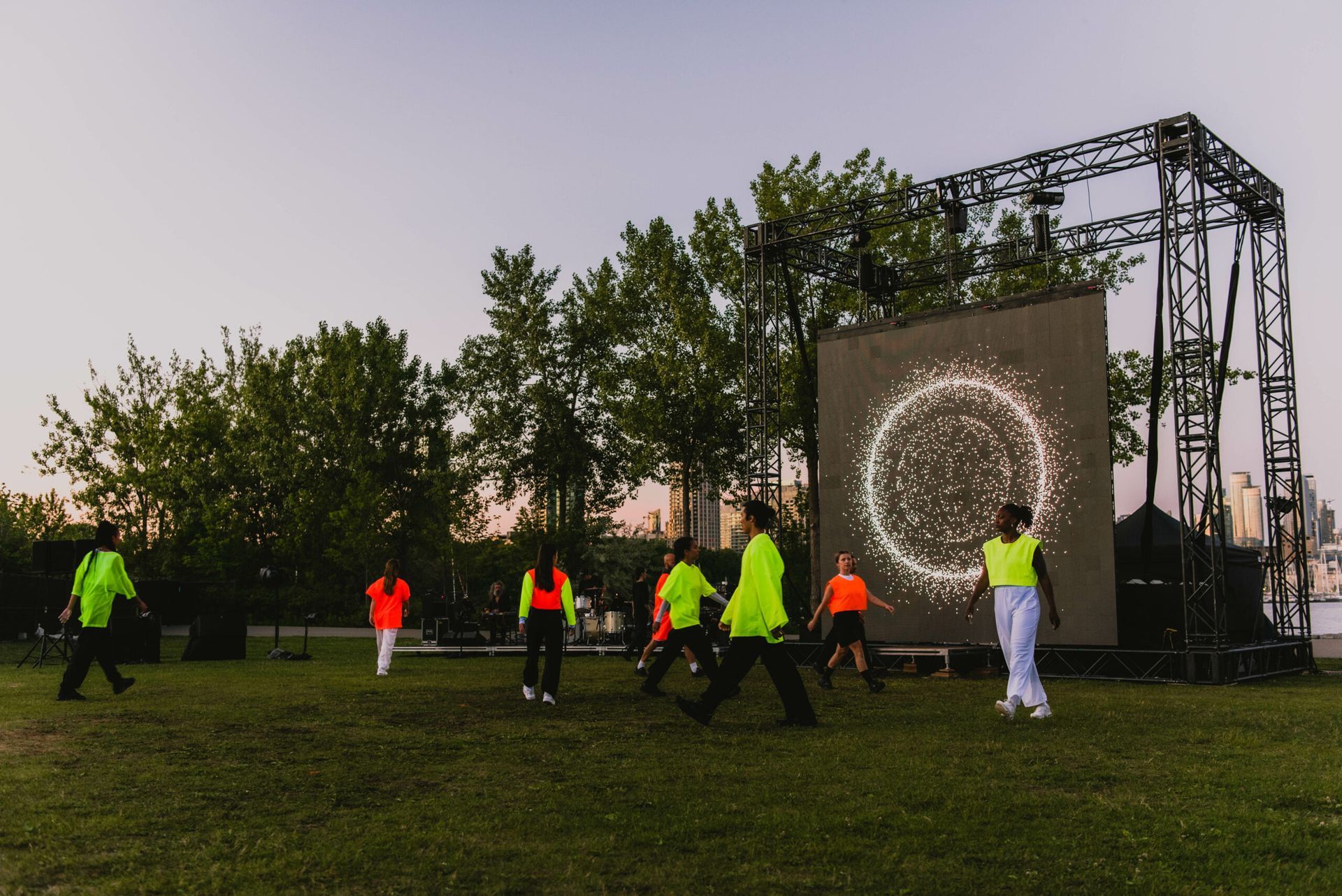



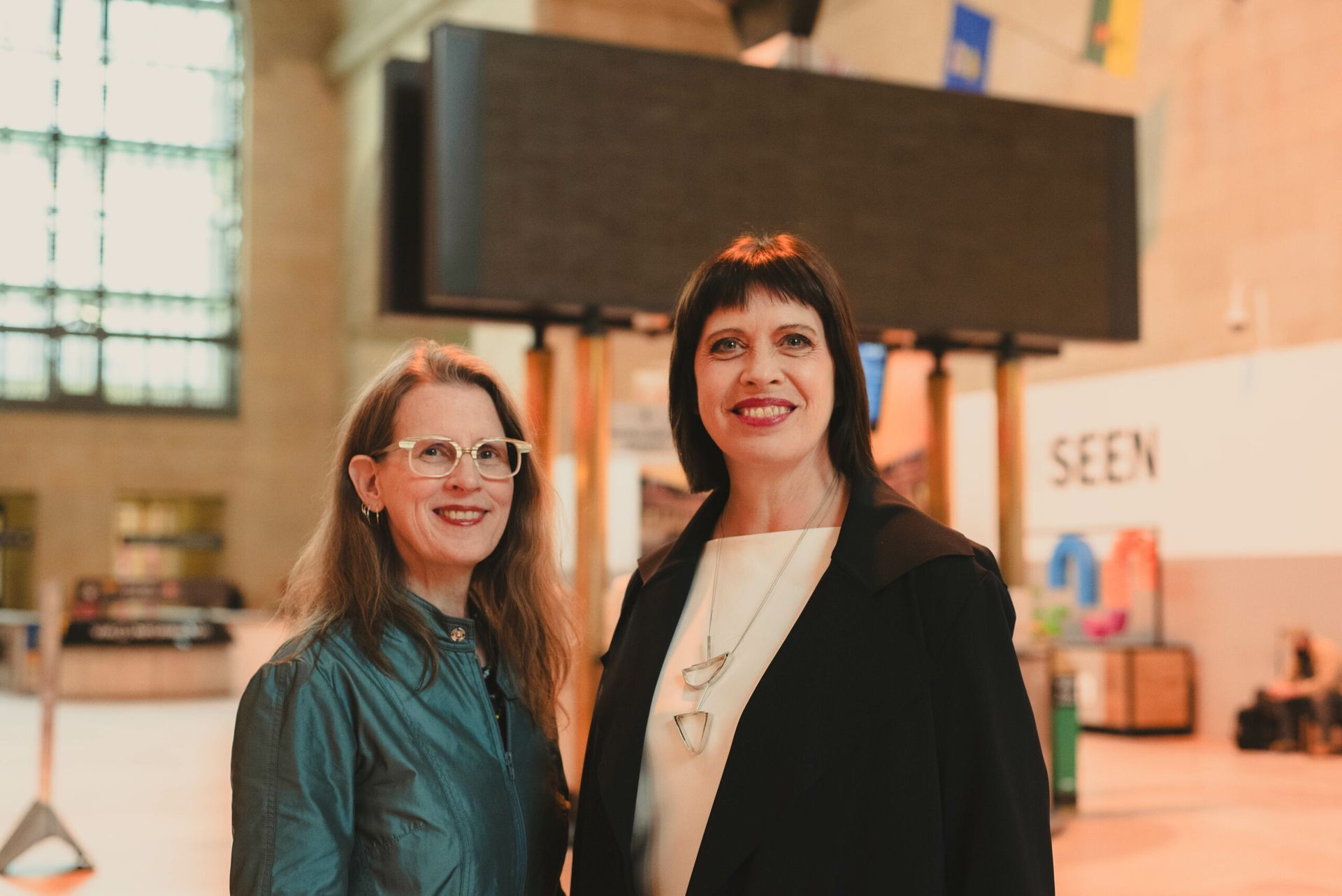
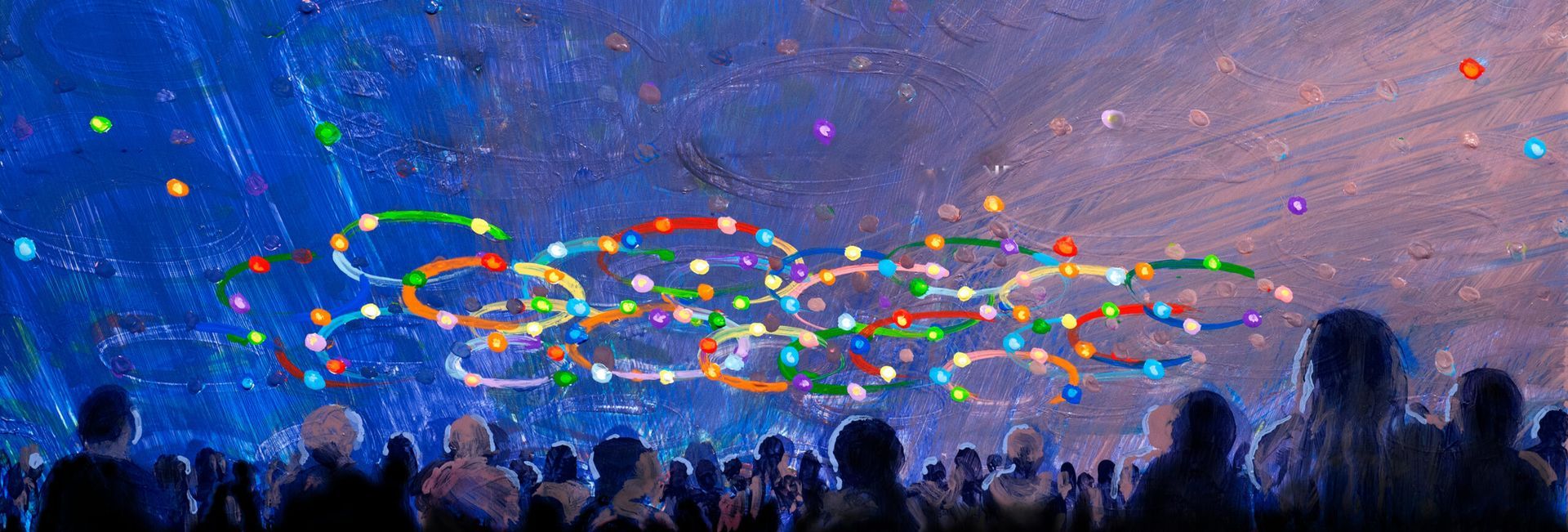
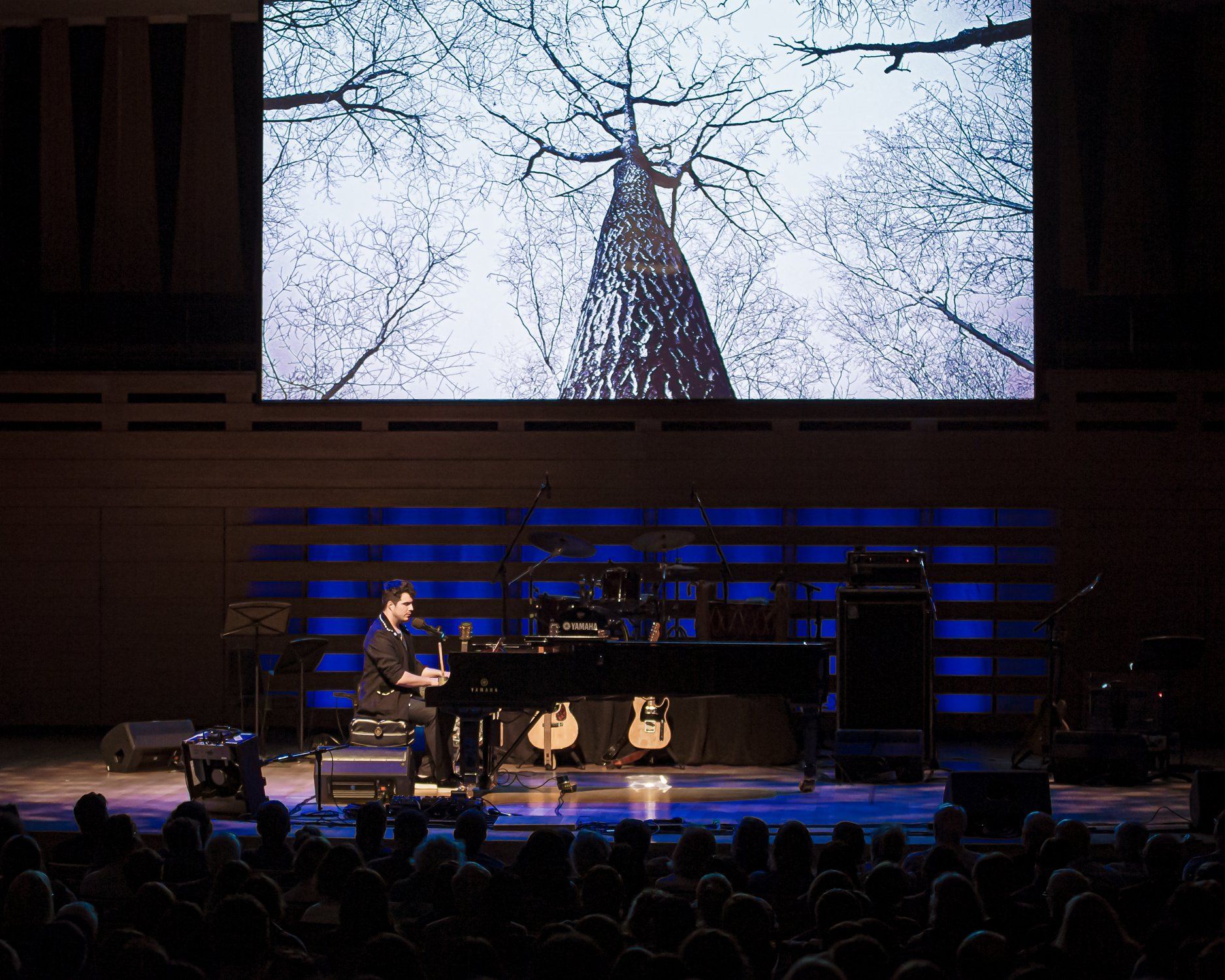



© 2025 Luminato Festival Toronto, All rights reserved.
Privacy Policy
|
Terms and Conditions
